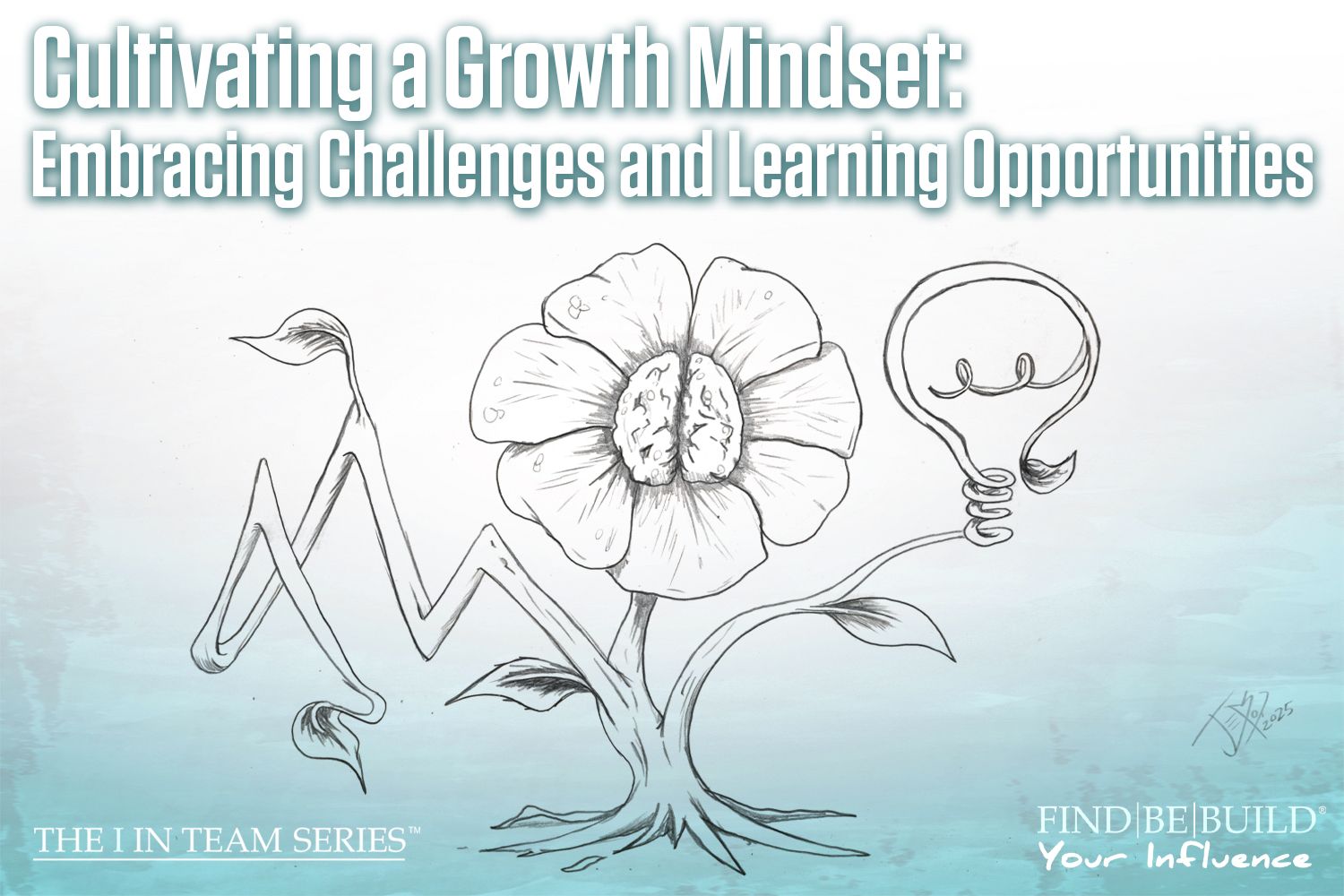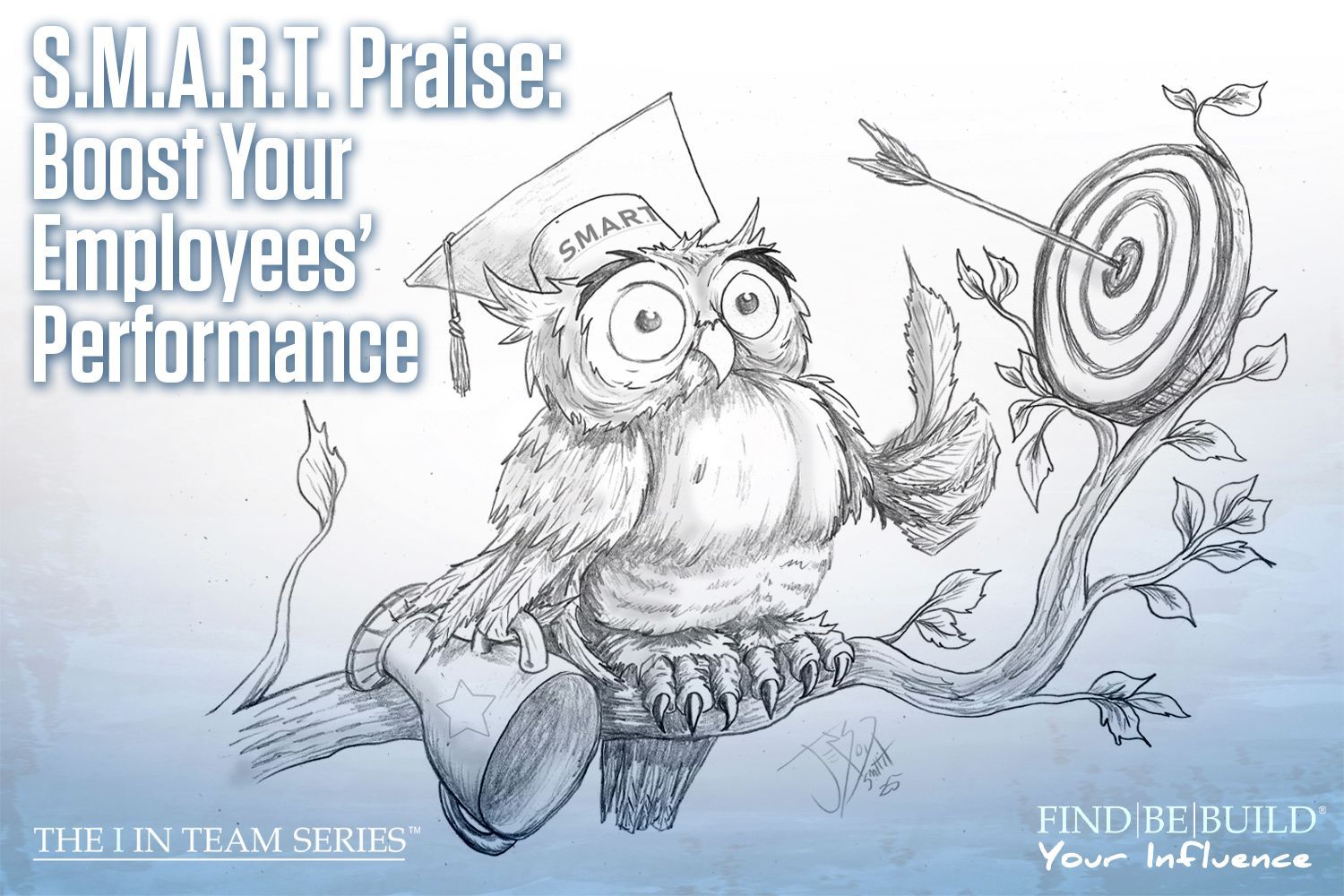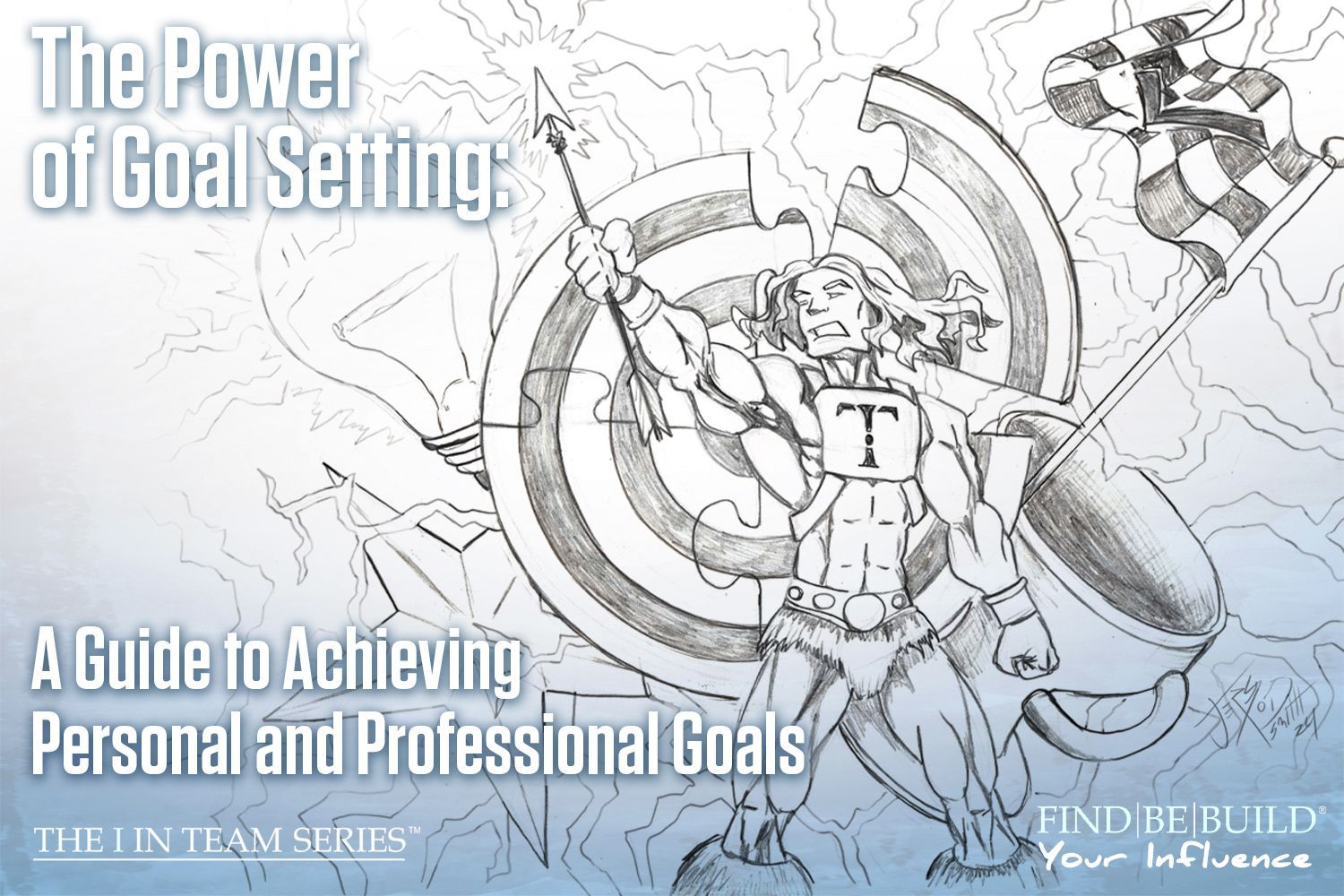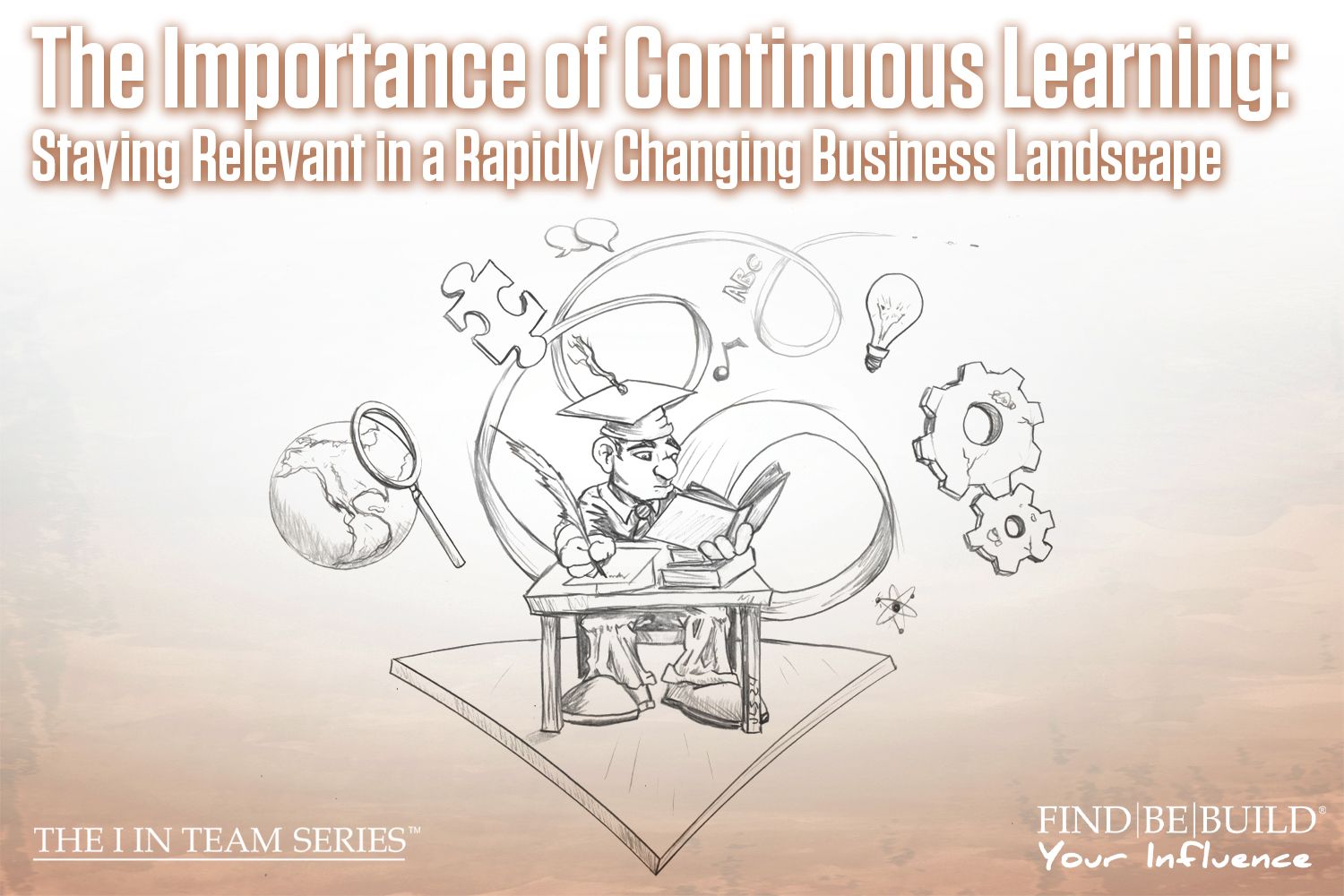Eliminating High Turnover: Part 2

The next phase in employee retention is onboarding. Bringing on a new employee should be an event. You are welcoming a new person into a team/family environment. It is easy to hire people into seemingly menial jobs and make nothing of the event, but only if you make it a point to introduce the new employee to the group and make him/her feel welcome, the integration process is accelerated.
Every job in an organization should be equal in the eyes of management. In my organization, I am paid the same as the lowest paid employee, it’s been a standard practice since I started owning companies. As with the job posting and interview process, there should be a structured on-boarding process.
Day one should start with an orientation. If the employee is a shift worker, have them come in during regular hours to meet with the team that supports them with employee issues. During this meeting there should be a task list of required items that the employee uses to follow along his/her onboarding process; tax forms, identification, employee manuals, safety protocol, position guides, and any other documentation that will lay a good foundation for the employee.
If you don’t have these documents, they are available online via a quick Google Search, or through companies like ours or your CPA. Having a structured onboarding process also shows the new employee that you’re serious about your employees and the policies you have in place. Setting this example early is another piece of the employee retention puzzle; employees feel secure when they have structure.
Once the new employee has finished with all the legal and procedural items required to make them an employee and understand the basics of working for the company, it’s time to get them acclimated with their position. This goes beyond the one dimensional review of a position guide and position specific task sheets. This phase applies to getting to know the people and actual processes required to be successful in the position.
The more technical or difficult the position, the more detail you should have in the initial training phase. Once again you should have this phase documented. Taking the time to present training to an employee in a structured and professional manner will set the tone for how serious the employee will approach the process. Throwing an employee into situations and hoping they adjust and “get it” only adds to the person’s anxiety and the potential for a short-term employee.
Another issue that is often forgotten during the onboarding phase is to prepare current employees for a new employee. Adding new employees can be stressful to current employees, especially when they don’t know a new person is joining them. In an organization that has no structure, these employees generally are apprehensive and once they do begin conversing amongst themselves, they talk about shortcuts, issues, and things that usually don’t enhance the employee experience.
Other employee engagement initiatives that can help to create an environment where employees feel inclusive and stay are:
Making certain employees are updated on annual company goals.
Meeting with employees (at least) biannually and to discuss their progress towards employee goals and future performance standards.
Knowing the position requirements and getting the employee involved to the point where they buy into the requirements and set goals based on them.
Being an aggressive leader is okay, but be realistic. Not everyone will perform at his or her potential at all times, measure progress towards potential.
Utilize a TEAM system. Working partners, peer supporting peer can create long lasting employee and employer environments.
Defined goals with smaller realistic milestones.
The last piece to employee retention is the exit interview or termination report. You will not always be able to review with an employee leaving, but it’s still important to consider the reasons why. Often times this final step is skipped due to emotion or an inability to see the benefit of learning about why an employee would leave.
From time to time, you will find you have employees that have just outgrown your environment. That’s okay. These employees should be looked at as wins for the company. You will have become a critical part of who this employee is as they move on in life. As a manager I always believe that my performance as a leader will be judged by people for as long as the people I have influenced are working because I helped to define the type of employees they are today, and that means something!
When conducting the exit interview the best practice is a one page question and answer that has very basic questions about the person’s employment experience and what they felt could be done better to enhance that experience and the company. Employees leaving a company may be emotional, but given an opportunity to express themselves, even with emotion, can be very insightful. You may have to get your “adult pants” on because you may read things that can make you or management emotional, but try to avoid clouding the objective value of the exercise. Use exit interviews to identify flaws in your hiring process, business process, and team environment. Write down the issues and make them part of your future strategic planning while including others, especially those that might be directly named by employees leaving.
The exit interview is not a process intended to lay blame or accept blame, it is designed to objectively review the life of an employee at the company and understand why they are choosing to move on. Even with employees that are terminated, being honest about that employee’s performance in the context of understanding what failed and why will help us to not repeat any mistakes we have made along the way during the hiring or engagement phase of employment.











